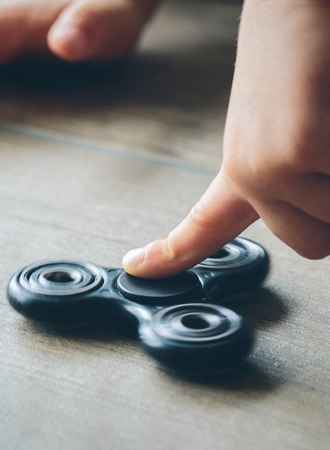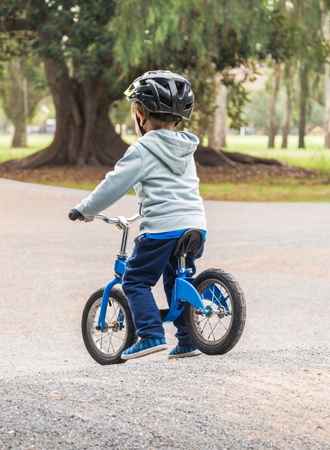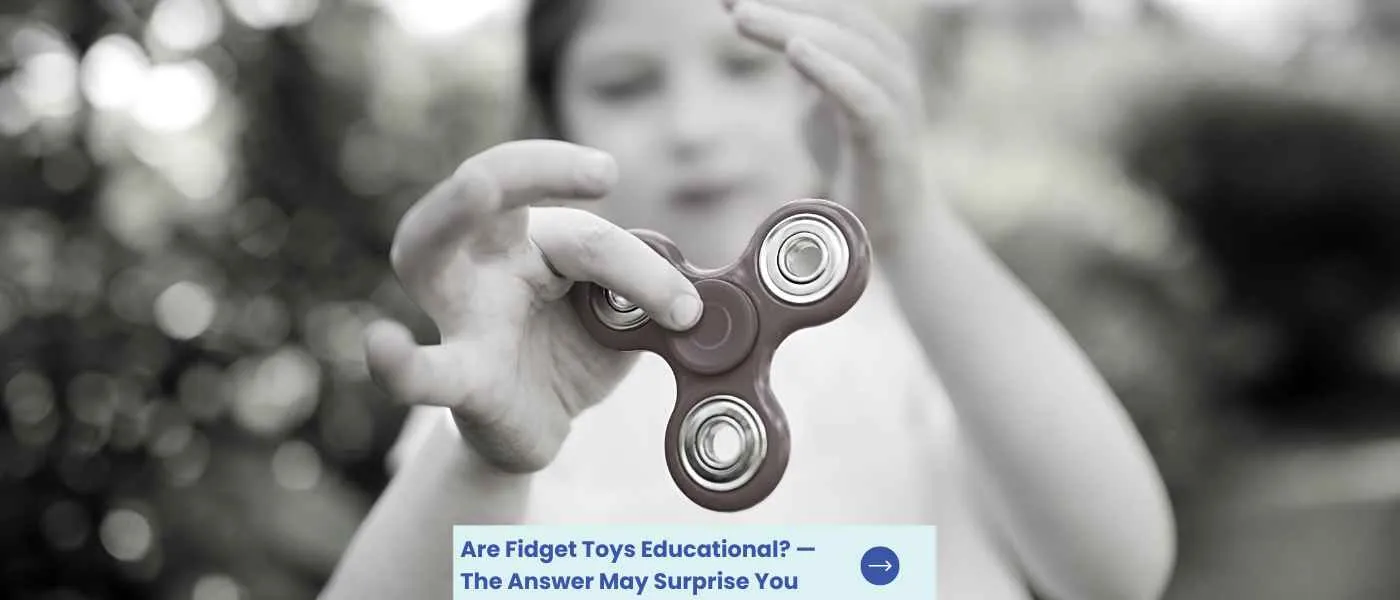Have you ever found yourself tapping your foot, twirling a pen, or playing with a small object during a meeting or class? If so, you may have been using a fidgeting technique to help yourself focus. While fidgeting has long been seen as a distraction, recent studies have shown that certain types of fidget toys can actually improve learning and concentration in both children and adults.
In this article, we’ll explore the benefits of fidget toys and how they can help improve learning. We’ll delve into the science behind fidgeting and its effect on the brain, and we’ll highlight some of the best fidget toys for different learning styles. By the end of this article, you’ll have a better understanding of how fidget toys can be a helpful tool for anyone looking to improve their focus and productivity.
Key Takeaways on How Fidget Toys Affect Learning
- Fidget toys along with stress balls provide stimulation and can help with concentration, reduce stress, provide an outlet for expandable energy, improve coordination and increased focus.
- Different types of fidget toys include the fidget spinner, fidget cubes, stress ball, sand kits and building blocks.
- When selecting a fidget toy for your child, consider age appropriateness and safety features, durability and quality materials, and toys that fit your child’s interests.
What Are the Benefits of Fidget Toys?
Fidget toys are an excellent way to help children focus and stay engaged in their learning. They can be used as a tool for improving concentration, relieving stress, and increasing focus of a child’s mind.
Improved Concentration
Fidget toys provide tactile stimulation that helps the brain to better process information while paying attention to what they’re doing.
When kids use fidget toys during lessons or activities, they’re able to concentrate more effectively on what they’re doing. These toys along with other sensory tools are even used to let kids with Attention Deficit Hyperactivity Disorder (ADHD) to stay focused.
Reduce Anxiety and Stress Relief
For some children, anxiety can make it difficult for them to concentrate on schoolwork or other tasks that require sustained attention. They often become fidgety which include foot tapping, nail biting and hair twirling.
Fidget spinners tend to relieve nervous energy and provide a safe outlet for releasing built-up tension and frustration while letting kids concentrate and helping improve learning ability.

Fine Motor & Hand Eye Coordination
Fidget toys can help children develop their hand-eye coordination and fine motor skills by requiring the use of their fingers and hands to manipulate and move them. The different textures and sensations of other toys can stimulate the tactile senses in the fingers and hands, improving fine motor skills and hand-eye coordination.
In addition, a fidget tool can also help improve focus and attention, which are essential for developing these skills.
Tips for Choosing the Right Fidget Toy for Your Child
Kids love toys and you need to choose ones that help focus attention and improve writing abilities and other important skills.
When it comes to choosing a fidget toy for your child, there are a few things you should consider. Age appropriateness and safety features are two of the most important factors when selecting a playset for your little one.
Look for playsets that meet age-appropriate standards, such as those recommended by ASTM International or the American Society for Testing and Materials. Check if it has any small parts that could pose choking hazards or other dangers to young children.
Durability and quality materials are also key considerations when shopping for fidget toys. Choose products made from sturdy materials like wood or metal so they can withstand wear and tear over time.
Avoid plastic options since these may contain toxins that can be harmful to kids’ health in the long run. Also make sure all pieces fit together securely so they won’t come apart easily during playtime.
When selecting a fidget toy for your child, it is important to consider age appropriateness and safety features, look for durability and quality materials, and choose toys that fit your child’s interests. With these tips in mind, you can be sure to find the right fidget toy for your family’s zero waste lifestyle.

What are the different uses of fidget toys for classroom learning?
Interestingly, bringing fidget toys to school has been though to enhance learning. Many educators believe the at fidget toys help students focus on their studies. These toys are also appropriate for all age groups and most developmental abilities.
Fidgeting with these types of toys can help increase focus by providing sensory stimulation that keeps the mind from wandering off task. It has been found that this kind of tactile input can actually aid in memory retention as well as comprehension skills when used properly in the classroom setting. Many teachers found that most children benefit from these activity with their attitude and peer interaction improved.
In addition to the improved learning benefits, using fidget toys such as fidget spinners also encourages creative thinking as students explore different ways to manipulate them for various tasks such as solving puzzles or creating patterns with shapes or colors on the toy itself.
It also allows kids to practice problem-solving skills since they must figure out how best to use each tool effectively within certain parameters set by teachers or other adults in charge of the classroom environment.
Alternatives to Traditional Fidget Toys
When it comes to finding alternatives to fidget spinners, there are plenty of options that can provide just as much educational value.
DIY Crafts and Projects
Crafting is an excellent way to grab your child’s attention and encourage creativity, learn about science, math, art history and more! There are endless possibilities when it comes to crafting with materials you already have around the house such as paper mache, origami or even making jewelry out of beads.

Puzzles and Games
Children learn by playing and puzzles and games provide them with the perfect opportunity to enhance dexterity, practice self-regulation or self control and keep their hands busy.
Outdoor Toys
Outdoor activities are a great way to promote movement and get your child up off the couch and into some fresh air. Taking a walk in the park or going on a bike ride around town can be fun and beneficial for their mental health. Gardening is another activity that encourages physical activity, as well as teaching responsibility by caring for plants over time.

Sensory Toys
Sensory toys provide a variety of tactile, visual, and auditory stimulation that can help kids with sensory disorders to explore and understand their senses in a safe and supportive environment.
These toys can also help to regulate a child’s sensory input, promoting relaxation and reducing anxiety, especially in a learning setting. It’s recommended that parents speak and work with their child’s teacher to relieve anxiety and psychological stress.




